It’s no secret: Scarcity marketing works. People always want what they can’t have because they think the grass is greener on the other side.
Many marketers are already using scarcity in their email marketing, but only a few are using it right.
If you’re using scarcity in your marketing, chances are I’m talking about you.
One misconception with scarcity is that you need a good discount to get readers to act.
Wrong.
In this article, I’ll show you six killer scarcity example for email so you can increase your ROI (without resorting to sleazy marketing tactics).
What is Scarcity Marketing?
Scarcity marketing is all about creating excitement and urgency, encouraging people to take quick action so they don't miss out on something incredible. It's like that highly sought-after limited edition sneaker or those exclusive concert tickets that sell out in a matter of seconds.
By restricting the availability of a product, either through limited production or time-limited offers, scarcity marketing taps into our fear of missing out and intensifies our desire for what is in high demand and difficult to obtain. It's a clever strategy that capitalizes on our longing for what we perceive as valuable and hard to come by.
In his book, Theory of Psychological Reactance, Jack Brehm recounts researching this phenomenon.
First, he placed two identical toddler toys in a room.
One had a plexiglass barrier in front of it forcing the toddlers to go around the barrier to get the item. The other toy was accessible in front of them.
You might have guessed where I’m going with this…
The most attractive toy was the one that had the barrier in front of it.
The same principle works in marketing.
In most cases, scarcity is used in connection with a discount that’s only available for a limited amount of time, and the focus is on the discount and not the urgency of the offer.
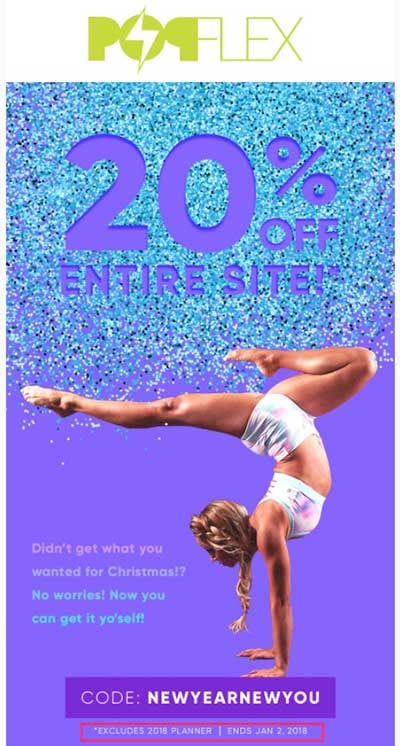
The problem, though, is many marketers think the discount is the trigger. It’s not. It’s the urgency of the discount.
Thus, they discount their new products—despite claiming they’re the best on the market.
If your product is that good, then why would you need to discount it?
I’m always arguing not to do what everybody else is doing, and I’m not going to stop now.
The truth is, there are other ways to use scarcity without having to lower the price of your product.
For instance, limited product availability works well without discounting (if not better).
We tend to associate limited availability with exclusivity. If things are difficult to get, we know it’s because they’re better than the things we already have.
As such, consumers use an item’s availability to decide on the quality of the product.
People don’t think about the fact that it’s a psychological reaction that’s causing us to want something. We know we want it. And because we need to make sense of this feeling, we assign the item positive qualities to justify our desire.
In his book, Influence: The Psychology of Persuasion, Robert Cialdini argues that the idea of potential loss plays a role in how we make decisions.
How often have you been more motivated by the prospect of losing something than gaining something of equal value?
More than a few times right?

Take Black Friday as an example.
People wake up at inhuman hours. They get in line for hours in the freezing cold. Why? So they can get their hands on the new LEGO Star Wars set that’s on sale for $49.99 before it’s sold out. (I actually have no idea what Star Wars LEGOs cost so don’t take me up on this).
We know this phenomenon as the fear of missing out (FOMO).
68% of millennial consumers say they would buy something after experiencing FOMO, most often within 24 hours.
No one wants to feel left out, especially if a good deal is up for grabs. But there’s more to scarcity and FOMO than great deals.
Now that you know why you should use scarcity, let’s take a look at some scarcity examples to illustrate how.
Send These 6 Scarcity-Driven Emails to Boost Sales
The use of scarcity in email marketing usually looks like this:

(This is an actual screenshot of my inbox—no kidding)
There’s a sale and it ends soon. The majority of consumers receive so many of these “sale ends soon” emails that they’ve developed a blindness for this type of scarcity.
If you offer discounts, often, potential buyers come to expect it, and the scarcity of your offer is no longer as compelling.
So what should you do instead?
1. The Few-Items-Left Tactic
Another effective scarcity marketing tactic is the “few items left” tactic.
Building on the previously mentioned research, Jack Brehm developed the psychological reactance theory to explain the human response to diminishing personal control.
“The theory holds that a threat to or loss of freedom motivates the individual to restore that freedom.” — Jack Brehm
When opportunities become less available we lose the freedom of choice. And when our choices are limited or threatened, our need to keep that freedom makes us want the item even more than before.
Bottom line?
Email prospects to let them know that some of your most popular items are selling out fast to increase the likelihood of them buying.
Here’s an example from Death Wish Coffee:
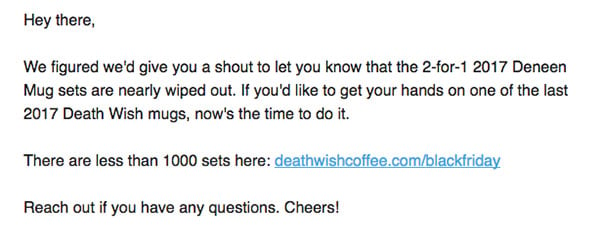
They let prospects know that the item is almost sold out. And if they want to get their hands on one, they should take action now.
Now is the keyword here. Not tonight, tomorrow, or next week, but now.
They’ve also included the number of items left to ramp up the urgency.
This strategy is spot on. Inform people of the number of items left in stock and they’ll be more likely to buy to avoid missing out.
You can also apply this to your abandoned cart emails. If a prospect abandons their cart, send them an email letting them know that the item is selling fast. If they want the item, they’ll need to buy now, before it’s too late.
Here’s an example from Beardbrand:
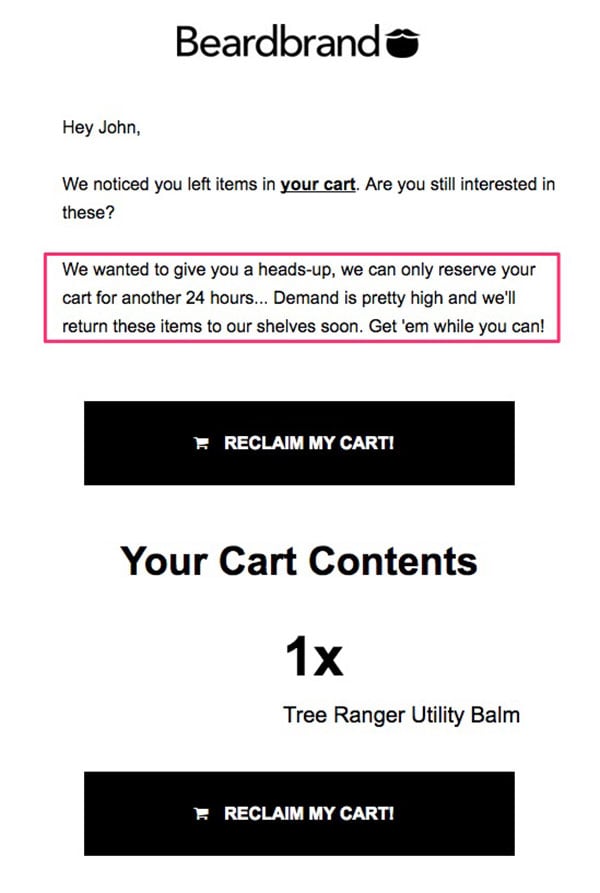
Here, I’ve already shown an interest in the specific products I left in my cart. By adding scarcity to your email, you increase people will return to complete their order.
2. The Limited-Introductory-Price Tactic
When you use discounts to increase sales, you need to find the right balance. You don’t want to offer them too often as they will only decrease the perceived quality of your product.
One way of using discounting profitably with scarcity is launching a new product.
Whether it’s a beta program you need testers for or a new sweat-repelling invention in sports apparel, you need to give people an incentive to try it out.
You don’t have any product reviews or feedback to rely on for proven effectiveness of the product. So, it’s a good idea is to offer an early bird discount to get new prospects to try your product.
In this email, from Tim Grahl, he notifies readers it’s there last chances to lock in their early-bird pricing:
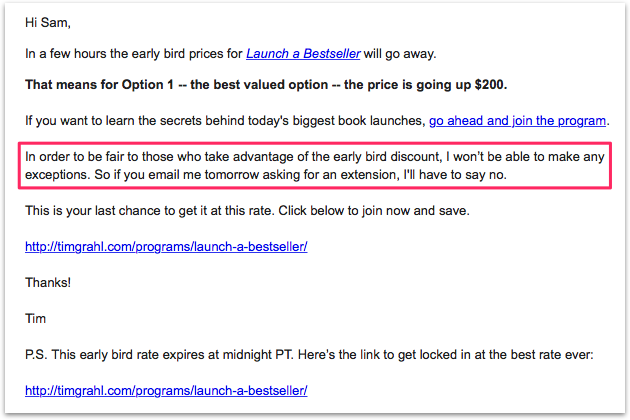
Remember, tell people it’s a one-time offer. And if they want to get your product at the introductory price, they need to take action now.
3. The Limited-Bonuses Tactic
In customer service, people always talk about giving your customers “that little extra.”
Combining this with scarcity can have a great impact on your sales.
Offer your prospects a freebie if they buy more than one item, or if they buy specific products.
Here’s an example from Poo Pourri:
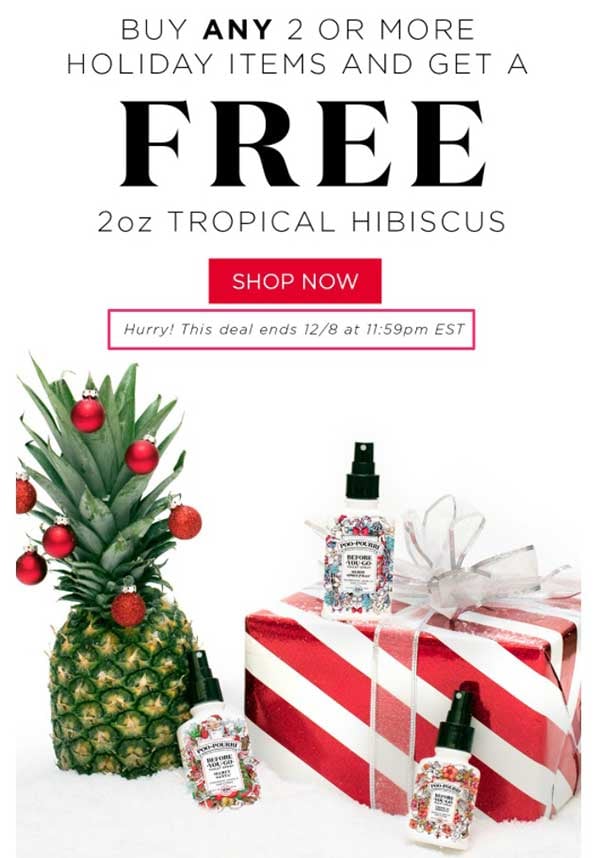
They offer a free product when customers buy two or more holiday products. Further, they include scarcity by mentioning it’s time-sensitive (the offer ends at midnight.)
Offering a free product isn’t always the best tactic if you sell luxury items with a high price range. Then we’re back to the perceived quality of your product diminishing because you’re giving it away for free.
Another option is to offer a free resource or service related to your product.
If you sell high-end electronics, you could email a promotion for expensive televisions. Then, you can include a bonus such as a free installation, or 3-months free Netflix if they buy now.
If you sell expensive sports equipment you could offer a free training guide.
The opportunities are endless as long as you remember to include scarcity and a reason to buy now.
4. The Order-Before-XX-Today Tactic
Consumers today aren’t only demanding—they’re also becoming more impatient.
According to one recent study, 38 percent of people said technology had made them less patient than they were five years ago.
This puts more pressure on businesses to keep up with deliveries and shipping time.
Thus, things such as “next-day-delivery” are in high demand among consumers.
So, if you have the possibility of offering “next-day-delivery” you already have an advantage over the competition. And by including scarcity, you’ll be able to sell even faster.
Check out this example from Firebox:
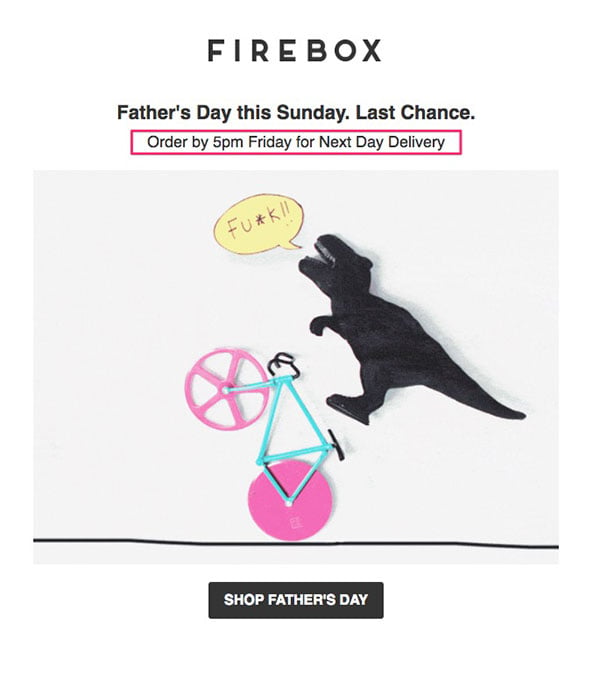
By adding “order by 5 pm”, they encourage readers to take action if they want to get their items the next day.
5. The Limited-Products Tactic
Crystal Pepsi…
Heinz purple-colored ketchup…
Cinn*A*Burst Gum…
…all items that, in hindsight, weren’t noteworthy. But now? They are highly sought after because they’re no longer available.
Once again, when we’re presented with the prospect of losing our freedom of choice, we do what we can to avoid that loss.
In other words, if you have a product that you only produce in limited quantities, use that scarcity to sell more.
It’s not that people are afraid they won’t get the product. They’re also afraid they won’t have the choice to buy the product.
There are two ways to use the “limited products” tactic.
The first is notifying prospects that a popular item is back in stock, but will be sell-out soon.
Chubbies illustrate this well:
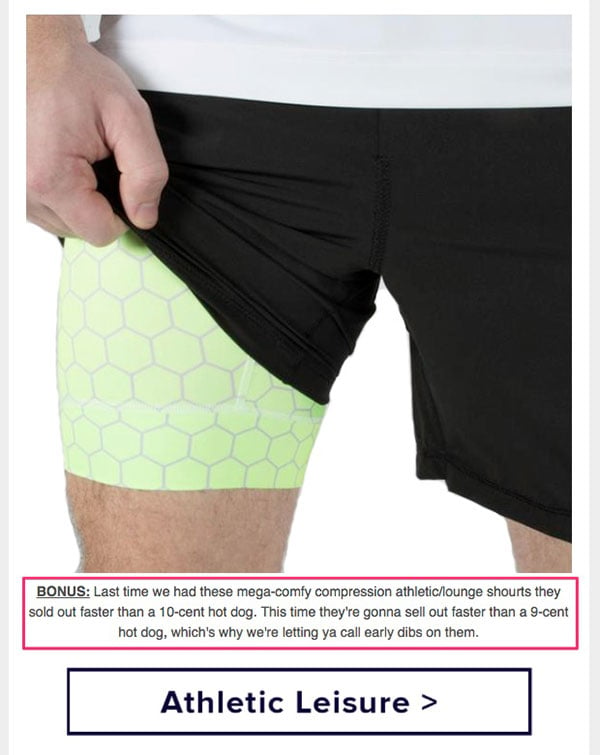
They tell readers that the chance of getting these is slim, so they must be quick if they want to claim a pair.
The other option is to promote your products in advance and encourage potential customers to pre-order if they want one.
It’s important that you include the number of products you’re producing to emphasize the limited availability.
6. The Device-Limited-Sale Tactic
With 37% of shoppers (age 18-24) doing most of their shopping on mobile devices, a device-specific sale can give your sales a bump in the right direction.
Send out an email to your list and tell them that you have a limited offer for them if they buy on mobile or through your app.
Here’s an example from Birchbox:
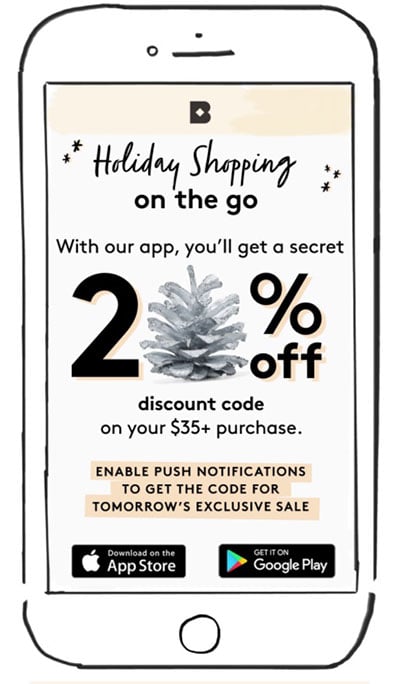
Because the discount is only available via mobile, it feels more exclusive than a regular one.
If you include a time limitation to your offer or another incentive to get people to buy now it can drive even more sales and engagement.
Conclusion
Everyone’s doing time-limited sales nowadays. So, if you want to stand out from the competition, you need to take your scarcity marketing to a new level.
If you believe in your product there’s no reason to host time-limited sales every other week to get people to buy.
Instead, use some of the above strategies and focus on the exclusivity of your product. Get people to buy now instead of later (read: never) and watch your sales soar.



